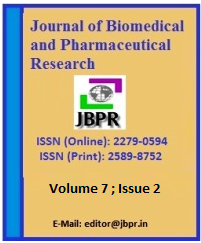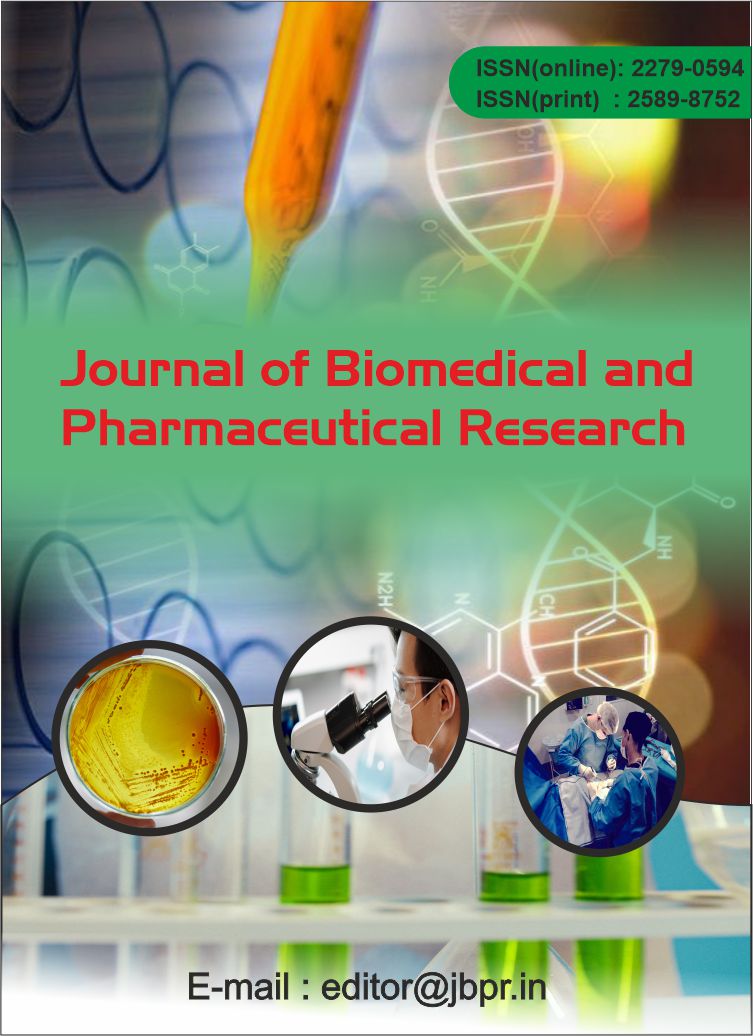Attention-Deficit Hyperactivity Disorder in Children with Idiopathic Epilepsy
Abstract
Background: Attention-Deficit Hyperactivity Disorder (ADHD) is a common neurodevelopmental disorder affecting children, characterized by symptoms of inattention, hyperactivity, and impulsivity. The coexistence of ADHD in children with epilepsy is increasingly being recognized, particularly in those with idiopathic epilepsy. Idiopathic epilepsy refers to seizures of unknown cause but is often linked to abnormal brain activity that may predispose children to attention-related problems.
Aim: This study aims to assess the prevalence of ADHD in children diagnosed with idiopathic epilepsy and to explore the clinical characteristics and comorbidities associated with this dual diagnosis.
Methods: A case-control study was conducted involving children diagnosed with idiopathic epilepsy (n=60) and a control group of children with no neurological disorders (n=60). ADHD symptoms were assessed using standardized diagnostic criteria (DSM-5), and cognitive assessments were conducted to evaluate attention and behavior.
Results: The prevalence of ADHD in children with idiopathic epilepsy was found to be 28%, significantly higher than the 8% prevalence observed in the control group. The majority of children with ADHD had a history of generalized seizures. Seizure frequency and treatment with antiepileptic drugs were associated with higher ADHD symptoms in these children.
Conclusion: ADHD is prevalent in children with idiopathic epilepsy, with a marked increase in children with frequent or uncontrolled seizures. This highlights the need for comprehensive management strategies that address both seizure control and attention-related symptoms in affected children.
Keywords: Attention-Deficit Hyperactivity Disorder, ADHD, Idiopathic Epilepsy, Seizures, Cognitive Function, Pediatric Neurology.
![]() Journal of Biomedical and Pharmaceutical Research by Articles is licensed under a Creative Commons Attribution 4.0 International License.
Journal of Biomedical and Pharmaceutical Research by Articles is licensed under a Creative Commons Attribution 4.0 International License.





